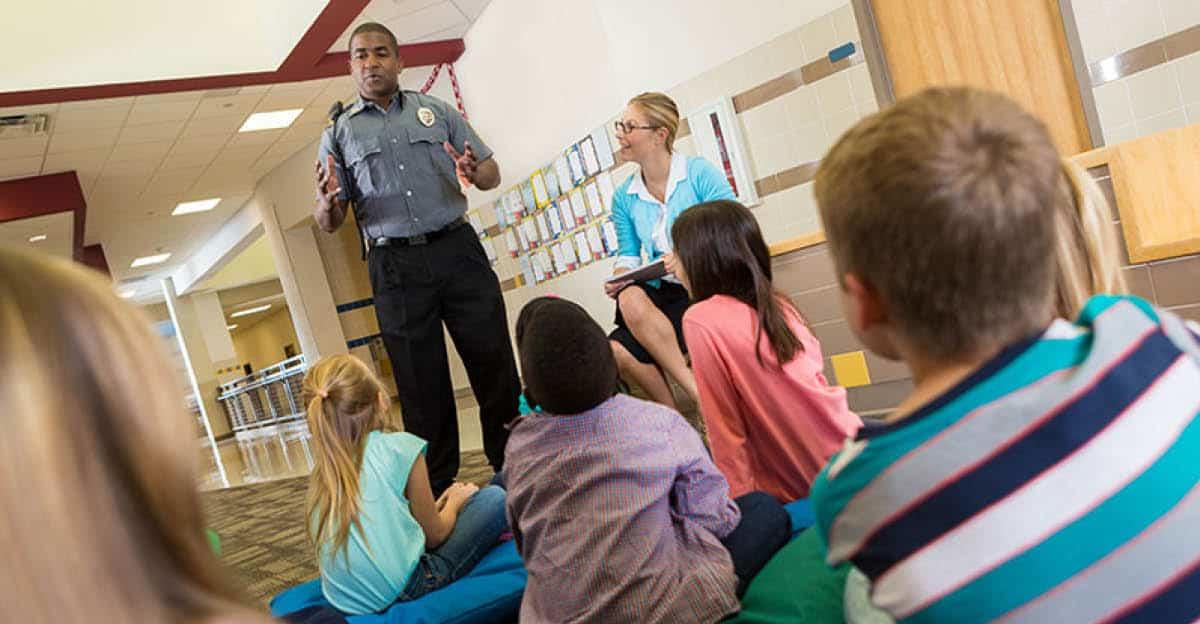There is an old saying “if you fail to plan, you plan to fail.” Few things are more important to you and your school’s safety then a good emergency response plan. From a fire, to natural disaster, an active shooting incident or lock down it is critical that you have a plan and the ability to execute it. The following are markers of a good emergency management planning.
Is your plan based on facts and proven best practices?
There are a lot of opinions and theory in the world. For something as critical as your school’s students and staff safety, your plans must deal only in facts and apply proven best practices.
Does your planning incorporate the lessons learned from things like the Sandy Hook Report, the FBI and Department of Homeland Security’s recommendations on school safety?
If you are bringing in an outside consultant to help you create the plan, what are their credentials and experience? Are they bonded and insured with EOS Liability in the event there is an incident?
When you bring in someone to train your staff on these issues, is the training evidentiary based? Is the course PhD authored and curriculum mapped to aid in your staff’s learning?
Facts, not theory, and best practiced ground truth are critical when putting any plan together.
Does your whole staff and local agencies know the plan?
As simple as it might sound if the administration does not properly and consistently review the plan with teachers and staff, what good is the plan? Teachers and staff need to clearly know what is expected of them and what to do should such an event arise. Furthermore, is local law enforcement, fire, EMS and public administration clear on the plans?
In an emergency they are the first groups to arrive on scene, and their ability to work in lock step with teachers and school administration is critical to the success of the plan. If the local police or fire departments are looking for a site to conduct some weekend training, consider offering up your school as the training site. It will allow them to get into the building and work in it, gaining familiarity and comfort that will only speed up their ability to assist if there was ever a real emergency on site.
Are you constantly practicing the plan?
As our own Dr. Peggy Mitchell-Clark often says, “practice makes habits.” Practice is vital to your school being able to execute any emergency plan. Ask yourself when is the last time you school did a lock down drill? When is the next fire drill? If there is not one scheduled, ask why not and attempt to get one scheduled.
Scarier still is according to the FBI 93% of all active shooter situations are planned well in advance by the person carrying it out. In the face of that, has your school practiced what it will do in response enough?
The drama teacher would not tell the students in the play to “just go out there and perform.” Nor would a school track coach tell a student athlete “just go out there and run.” Practice is vital to your ability to successfully respond to an emergency.
Are you constantly updating your plan with new information and lessons learned?
Just like your school’s teaching curriculum, your emergency plans need to be constantly updated. If your plan has not been updated in a few years, it is probably not a good plan. Technology is changing at an almost exponential rate. As populations around your schools grow and change, new challenges arise.
Will the new power plant that was built a couple of miles down the road make the school more vulnerable if there is an accident there? Does a single source communications integration tool like ReadyOp make sense for us to handle emergency communications? What information came out of our last table top exercise with our local law enforcement and EMS? How will the new shopping mall developments across town affect law enforcement’s response time? These are just a very small sample of the myriad of questions that you need to think about and apply to constantly update your plan.






Leave a Reply